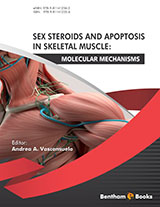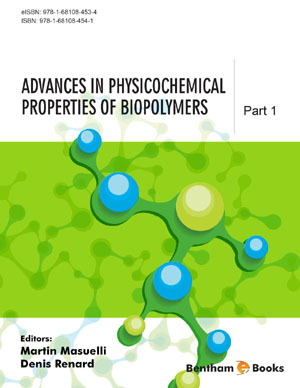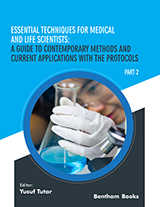Abstract
Androgens, such as testosterone and Dihydrotestosterone (DHT), exert their actions through the Androgen Receptor (AR), a ligand-dependent nuclear transcription factor that belongs to the steroid hormone nuclear receptor superfamily. The actions of androgens can be mediated through the AR in a DNA binding-dependent manner to modulate the transcription of target genes, or in a manner independent of DNA binding, to trigger rapid cellular events such as the activation of the second messenger signaling pathway. The AR is expressed ubiquitously and it has a wide variety of biological actions comprising significant roles in the development and maintenance of the reproductive, skeletal muscle, cardiovascular, immune, neural and haemopoietic systems, exerting a diversity of roles in many physiological and pathological processes. Studies with AR Knockout (ARKO) mouse models, specifically the cell type- or tissue-specific ARKO models, have revealed many cell type- or tissue-specific pathophysiological roles of AR in mice. Because of the huge amount of information about androgens and the AR, this chapter is not presented as an extensive review of all of it, but rather as an overview of the expression and biological function of AR as well as its significant role in clinical medicine.
Keywords: Androgens, Androgen Receptor, Biological Action, Tissue Distribution.

















